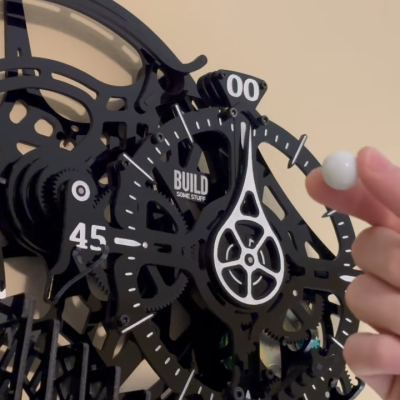In 1983, a 14-year-old [Will] saw an LED clock in The Sharper Image store. At $250, it stayed in the store. That was a lot of money back then, especially for most teenagers. But [Will] didn’t forget. After high school, he and a friend planned to build one from scratch. They worked out how they would do it and did a little prototyping, but never really finished. Well, they never really finished at the time. Because 33 years later, [Will] decided to finally put it together. Check it out in the video below.
[Will’s] learned a lot since his original design, plus we have tech today that would have seemed like magic in the late 1980s. But he wanted to stay true to the original design, so there’s no microcontroller or smart LEDs. Just binary counters and a lot of LEDs. There’s even a 555 doing duty as a reset timer.
Continue reading “The 1983 Clock Four Decades In The Making”



















